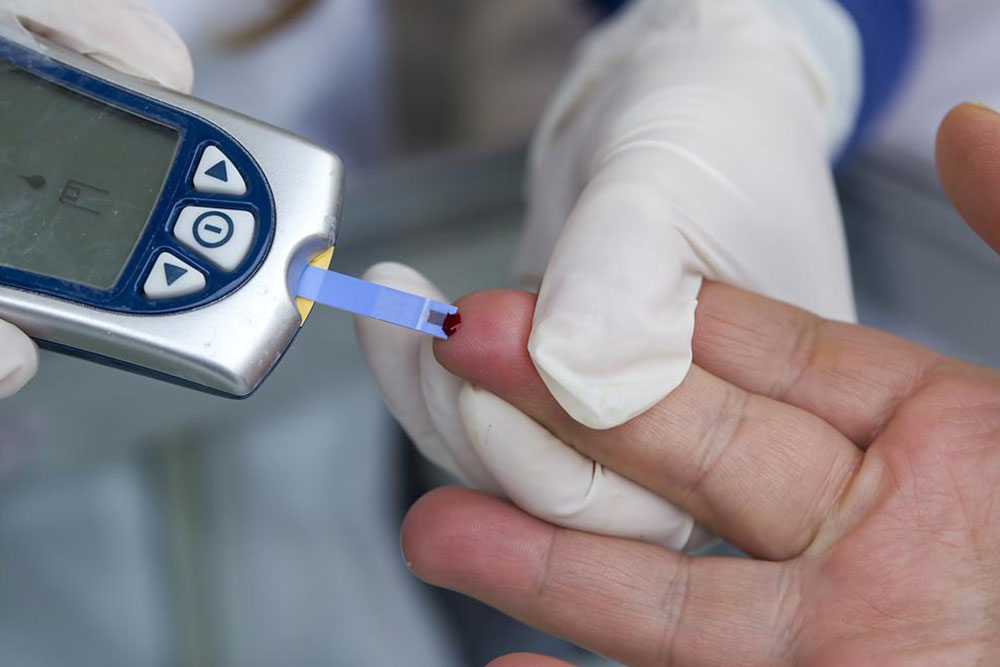Comprehensive Guide: Key Considerations Before Using Ozempic for Effective Diabetes Control
Discover comprehensive insights on Ozempic® for diabetes management, including how it works, important precautions, and best practices for safe and effective treatment. Learn how to incorporate Ozempic® into your diabetes care plan with expert guidance to achieve better blood sugar control and improve overall health.

Understanding Essential Factors Before Initiating Ozempic Treatment
Diabetes mellitus is a multifaceted metabolic disorder impacting millions globally. In the United States alone, over 100 million adults live with some form of diabetes, highlighting its prominence as a major public health concern. The disease fundamentally results from either the pancreas not producing enough insulin or the body's tissues becoming resistant to insulin's effects, which leads to elevated blood glucose levels. Managing diabetes effectively is crucial to prevent serious complications such as heart disease, kidney failure, nerve damage, and vision loss. While a definitive cure remains elusive, ongoing advancements in medical treatments and lifestyle strategies have significantly improved disease control and patient outcomes.
Typical initial management includes lifestyle interventions such as a balanced diet, regular physical activity, weight management, and monitoring blood glucose levels. Pharmacological therapies form the cornerstone of managing cases where lifestyle modifications are insufficient. Commonly prescribed medications include metformin, sulfonylureas like glyburide, insulin injections, and newer agents that target specific pathways involved in glucose metabolism. These treatments collectively aim to reduce blood sugar levels, improve insulin sensitivity, and lower the risk of complications.
However, for some patients with type 2 diabetes who do not achieve adequate control with these traditional therapies, healthcare providers may consider prescription medications like Ozempic® (Semaglutide). Ozempic® belongs to a class called GLP-1 receptor agonists and plays a pivotal role in enhancing the body's natural incretin system. It stimulates insulin secretion in response to elevated blood sugar, suppresses glucagon release, and accelerates satiety, which can also assist in weight loss. Introduced as a once-weekly injectable, Ozempic® offers a convenient alternative for patients seeking better blood sugar regulation.
How Does Ozempic® Work in Diabetes Management?
Ozempic® functions by mimicking the activity of endogenous glucagon-like peptide-1 (GLP-1), a hormone that stimulates insulin release when blood glucose levels are high. It also suppresses excess glucagon secretion, a hormone that raises blood glucose levels, thereby providing a dual mechanism of action that effectively lowers fasting and post-prandial blood sugar. Being administered once weekly via subcutaneous injection, Ozempic® helps maintain stable blood glucose levels over an extended period.
Typically, treatment begins with a low dose of 0.25 mg once a week, which may be gradually increased based on individual response and tolerance. The medication has demonstrated notable efficacy in reducing HbA1c levels — a key marker of long-term blood sugar control — and in assisting weight loss, which is particularly beneficial for many type 2 diabetes patients who are overweight or obese. Despite its benefits, it is vital to understand potential side effects and precautions to ensure safe usage.
Precautions and Considerations Before Starting Ozempic®
Choosing to initiate Ozempic® therapy should involve a thorough consultation with a healthcare professional. Below are critical considerations and precautions to keep in mind before starting treatment:
Thyroid Health: Patients with a personal or family history of medullary thyroid carcinoma (MTC) or multiple endocrine neoplasia syndrome type 2 (MEN 2) should be cautious. In clinical trials, Ozempic® has been associated with an increased risk of thyroid tumors in rodents. Although evidence in humans is limited, this warrants a discussion with your doctor to evaluate the risks based on your medical history.
Cardiac Conditions: Individuals with pre-existing heart conditions need to inform their healthcare provider. Ozempic® can slightly increase heart rate, which might influence patients with arrhythmias or other cardiac issues. Physicians will assess whether the benefits outweigh potential risks in such cases.
Hypoglycemia Risks: Combining Ozempic® with insulin or sulfonylureas can heighten the risk of hypoglycemia (low blood sugar). Symptoms include sweating, weakness, confusion, dizziness, and rapid heartbeat. Patients should monitor their blood glucose levels regularly, and any signs of hypoglycemia should prompt immediate medical attention.
Renal Function Considerations: Patients with pre-existing kidney disease or elevated serum creatinine levels should undergo kidney function tests before starting Ozempic®. The medication can influence renal function, especially in individuals with compromised kidneys, so ongoing monitoring is recommended.
Infection Control: Use of Ozempic® involves sharing injection pens, which can pose infection risks. It is essential never to share pens with others, even if needles are replaced, to prevent transmission of bloodborne infections.
Pregnancy and Breastfeeding: Ozempic® is not recommended for use during pregnancy or breastfeeding. Animal studies have suggested potential harm to fetal development, and safety data in humans are limited. Women who are pregnant or planning pregnancy should consult their healthcare provider for alternative diabetes management strategies.
Effective Usage and Monitoring Strategies
Proper administration of Ozempic® involves following the prescribed dosage and injection technique. Patients should receive appropriate training from healthcare professionals on how to administer the injection safely. Regular follow-up appointments are essential to monitor blood glucose levels, assess response to therapy, and adjust dosage as needed.
Additionally, integrating lifestyle modifications such as diet and exercise with medication therapy enhances treatment efficacy. Patients are encouraged to maintain a healthy weight, eat balanced meals rich in fiber and low in refined sugars, and engage in physical activity regularly. These measures contribute to better blood sugar control and overall health improvement.
The Importance of Medical Supervision
Ultimately, Ozempic® should be used strictly under medical supervision. An early dialogue with your healthcare provider will help tailor the most suitable treatment plan, considering your unique health profile and any underlying conditions. Regular blood testing, monitoring for adverse effects, and adherence to medical advice are critical to maximizing benefits and minimizing risks associated with this medication.
In conclusion, Ozempic® offers a promising option for managing type 2 diabetes, especially for patients who have not achieved desired control with other therapies. However, awareness of its precautions and proactive medical engagement are vital to ensure safety and optimal effectiveness. Continuous research and evolving guidelines further enhance our understanding of how best to incorporate this medication into comprehensive diabetes care.





